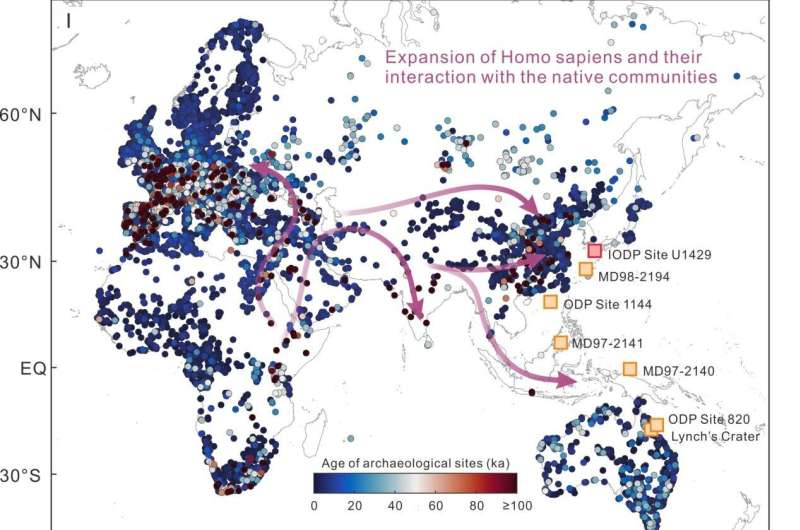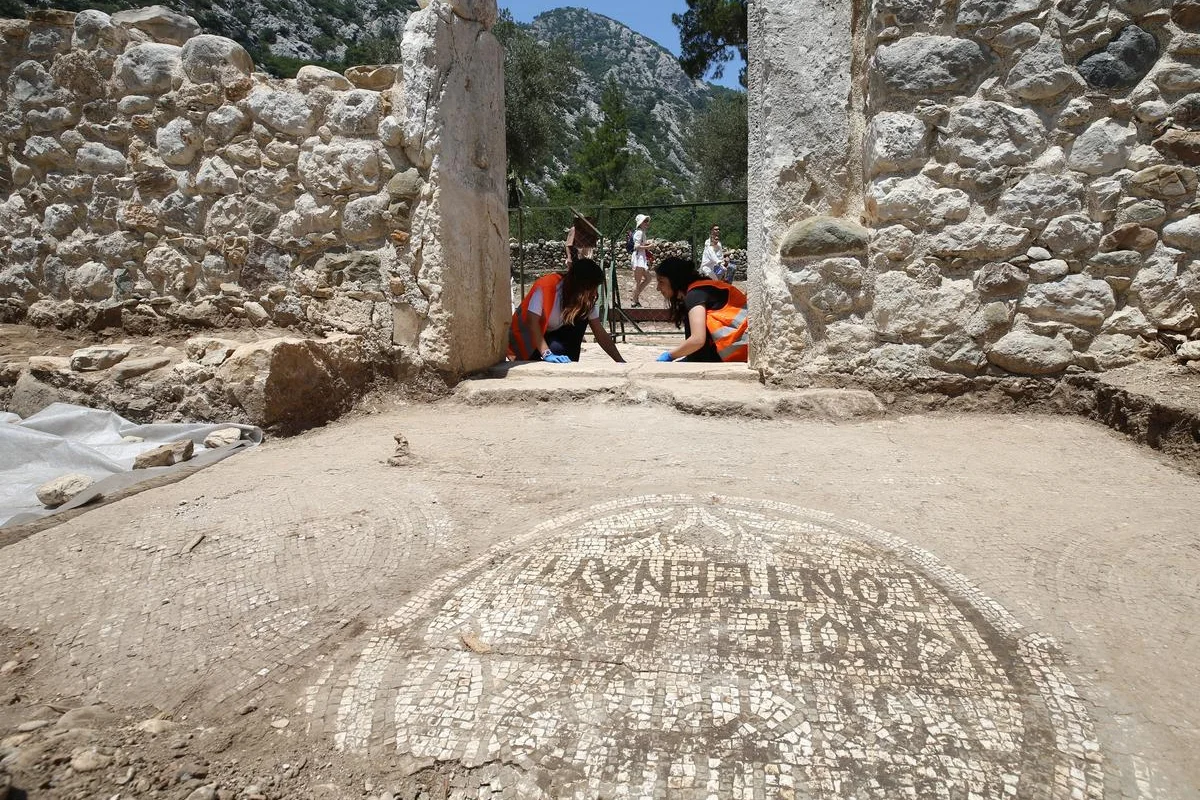The Elamo-Dravidian linguistic hypothesis is a proposition in the field of historical linguistics suggesting a genealogical relationship between the Elamite language, once spoken in ancient Elam (modern-day southwestern Iran), and the Dravidian languages, primarily spoken in southern India and parts of eastern and central India. This hypothesis posits that both language families might have descended from a common ancestral language, implying a shared linguistic and perhaps cultural heritage.
Background and Development of the Hypothesis
Elamite Language
Elamite was the language of the ancient Elamite civilization, flourishing from the 3rd millennium BCE to the 1st millennium BCE. Elamite texts have been discovered in cuneiform script, primarily from the ancient cities of Susa and Persepolis. Despite its relatively well-documented corpus, Elamite remains difficult to classify, showing no clear affiliation with neighboring language families such as Indo-European or Semitic.
Dravidian Languages
The Dravidian language family includes major languages such as Tamil, Telugu, Kannada, and Malayalam, along with several other languages spoken in various regions of India and neighboring countries. These languages have a rich literary tradition and historical depth, with evidence of their existence dating back several millennia.
Proponents and Arguments
Linguistic Evidence
The primary advocate of the Elamo-Dravidian hypothesis was David McAlpin, who, in the 1970s and 1980s, presented several arguments based on linguistic data:
Vocabulary Parallels: McAlpin identified cognates between Elamite and Dravidian languages, suggesting common vocabulary items that might point to a shared ancestry.
Phonological Similarities: He noted certain phonological features, such as sound correspondences, that appear consistent between the two language groups.
Morphological Parallels: McAlpin also highlighted similarities in morphological structures, particularly in verb conjugations and noun declensions.
Archaeological and Genetic Evidence
Supporters of the hypothesis sometimes refer to archaeological and genetic evidence to bolster their claims.
Cultural Connections: Some argue that there might have been ancient migrations or cultural contacts between the Elamite region and the Dravidian-speaking regions, facilitated by trade or other interactions.
Genetic Studies: Genetic studies have occasionally been cited to suggest ancient population movements that could support the hypothesis of a common origin for the Elamite and Dravidian-speaking peoples.
The hypothesized tree of the Elamo-Dravidian family
Criticisms and Challenges
Despite the intriguing nature of the Elamo-Dravidian hypothesis, it has faced significant criticism and skepticism within the linguistic community.
Insufficient Evidence: Critics argue that the linguistic evidence presented by McAlpin is not robust enough to conclusively demonstrate a genealogical link. The similarities might be coincidental or the result of language contact rather than a common ancestry.
Lack of Consensus: The broader linguistic community has not reached a consensus on the validity of the hypothesis. Many linguists remain unconvinced due to the lack of comprehensive evidence and the speculative nature of some of the connections.
Alternative Explanations: Some suggest that similarities between Elamite and Dravidian might be better explained by language contact or borrowing rather than a direct genealogical relationship.
Conclusion
The Elamo-Dravidian linguistic hypothesis remains a controversial and largely speculative theory within historical linguistics. While it presents an intriguing possibility of a shared heritage between the ancient Elamite civilization and the Dravidian-speaking populations of India, the evidence currently available is not sufficient to draw definitive conclusions. Further research, potentially involving more comprehensive linguistic, archaeological, and genetic data, would be necessary to provide a clearer picture of any potential connections between these language families.









